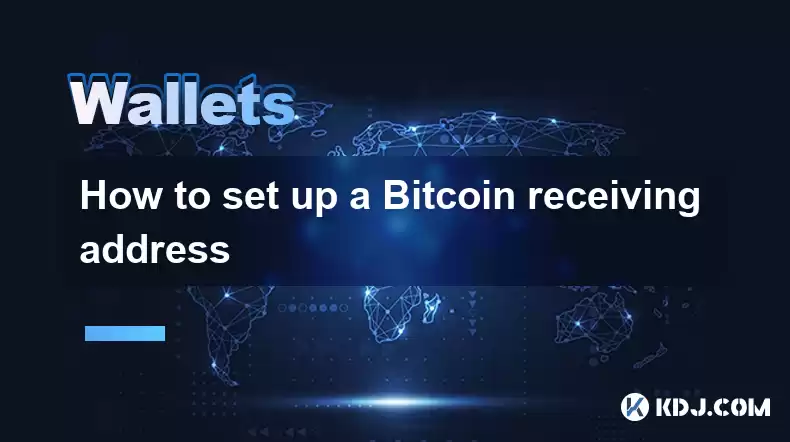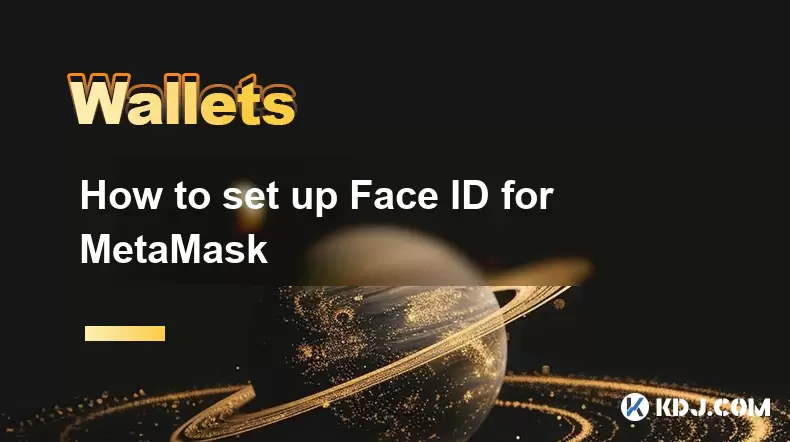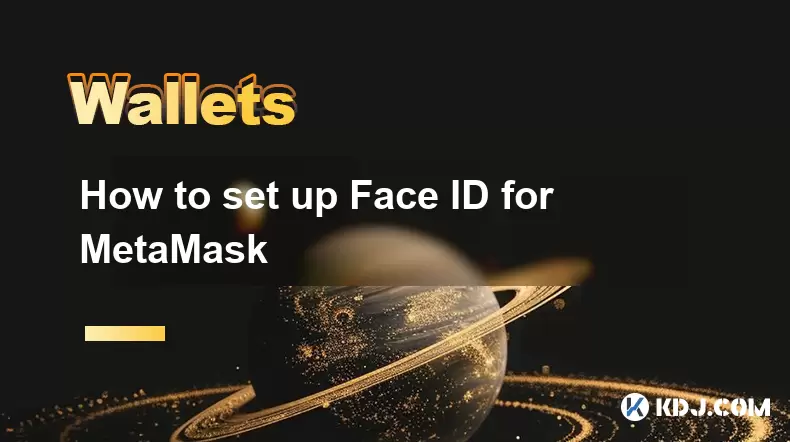-
 Bitcoin
Bitcoin $118600
-2.59% -
 Ethereum
Ethereum $4282
-0.42% -
 XRP
XRP $3.129
-4.21% -
 Tether USDt
Tether USDt $0.0000
0.01% -
 BNB
BNB $805.4
-1.80% -
 Solana
Solana $174.3
-5.77% -
 USDC
USDC $0.9998
-0.01% -
 Dogecoin
Dogecoin $0.2230
-6.33% -
 TRON
TRON $0.3466
1.70% -
 Cardano
Cardano $0.7745
-5.73% -
 Chainlink
Chainlink $21.37
-3.53% -
 Hyperliquid
Hyperliquid $42.93
-7.25% -
 Stellar
Stellar $0.4324
-4.94% -
 Sui
Sui $3.660
-7.17% -
 Bitcoin Cash
Bitcoin Cash $591.6
2.72% -
 Hedera
Hedera $0.2467
-7.04% -
 Ethena USDe
Ethena USDe $1.001
0.00% -
 Avalanche
Avalanche $22.92
-6.14% -
 Litecoin
Litecoin $118.8
-3.79% -
 Toncoin
Toncoin $3.378
-0.46% -
 UNUS SED LEO
UNUS SED LEO $9.011
-1.15% -
 Shiba Inu
Shiba Inu $0.00001294
-5.81% -
 Uniswap
Uniswap $11.24
0.53% -
 Polkadot
Polkadot $3.870
-6.16% -
 Cronos
Cronos $0.1662
-1.68% -
 Dai
Dai $1.000
0.02% -
 Ethena
Ethena $0.7915
-5.62% -
 Bitget Token
Bitget Token $4.414
-1.65% -
 Monero
Monero $259.3
-3.85% -
 Pepe
Pepe $0.00001120
-8.29%
How to set up a Bitcoin receiving address
A Bitcoin receiving address is a unique alphanumeric string used to receive Bitcoin, similar to a bank account number, and can be generated through software, hardware wallets, or online exchanges.
Mar 30, 2025 at 06:14 pm

Understanding Bitcoin Receiving Addresses
A Bitcoin receiving address is essentially your unique identifier on the Bitcoin network. It's a string of alphanumeric characters that allows others to send Bitcoin to you. Think of it like your bank account number, but specifically for Bitcoin. You need a receiving address to receive Bitcoin. Crucially, you can have multiple receiving addresses associated with a single wallet. This enhances privacy and security.
Methods for Generating a Bitcoin Receiving Address
There are several ways to generate a Bitcoin receiving address, depending on your chosen wallet type. The process is generally straightforward, but security is paramount. Always ensure you're using reputable software and hardware.
Using a Software Wallet: Most software wallets (like Electrum, Exodus, or BlueWallet) have a built-in function to generate new addresses. Typically, this involves clicking a button labeled "Receive," "New Address," or something similar. The wallet will then display a new, unique address.
Using a Hardware Wallet: Hardware wallets (Ledger, Trezor) offer superior security. The process is similar to software wallets; navigate to the receive section of your wallet's interface. The address displayed on the hardware wallet's screen is the most secure method for receiving Bitcoin. Never trust an address displayed on a computer screen if using a hardware wallet.
Using an Online Exchange: If you hold Bitcoin on an exchange, you'll usually find a "deposit" or "receive" section within your account. The exchange will provide you with a Bitcoin address specific to your account. Remember, leaving Bitcoin on an exchange exposes it to potential security risks.
Understanding the Different Address Types
Bitcoin uses different address formats, all serving the same basic purpose – receiving Bitcoin. The most common are:
Legacy Addresses (P2PKH): These are the older, longer addresses starting with "1". While still functional, they are less efficient and less private than newer address types.
SegWit Addresses (Bech32): These addresses start with "bc1" and are more efficient and offer better privacy. They are the preferred type for most users. They reduce transaction fees and improve network scalability.
Nested SegWit Addresses (P2SH-SegWit): These addresses begin with "3" and are a transitional type. They combine aspects of legacy and SegWit addresses.
Security Best Practices for Bitcoin Receiving Addresses
Never reuse a Bitcoin receiving address. While not strictly necessary, using a fresh address for each transaction enhances your privacy. It makes it harder to track your Bitcoin transactions.
Always verify the address before sending Bitcoin. A single typo can result in irreversible loss of funds. Double-check the address multiple times.
Beware of phishing scams. Never share your receiving address with anyone unless you completely trust them. Legitimate services will never ask for your private keys or seed phrase.
Back up your wallet. Losing your wallet means losing access to your Bitcoin. Always keep a secure backup of your seed phrase or recovery keys. Never store your seed phrase digitally; write it down on paper and store it safely.
Use strong passwords. Protect your wallet with a strong, unique password that's difficult to guess. Avoid using easily guessable passwords or reusing passwords across multiple accounts.
Choosing the Right Wallet for Your Needs
The best wallet for you depends on your technical skills and security preferences.
Software Wallets: Offer a good balance of convenience and security, but require careful management.
Hardware Wallets: Provide the highest level of security, but can be more expensive and less user-friendly.
Online Exchanges: Convenient for trading, but less secure for long-term storage.
Frequently Asked Questions
Q: Can I use the same Bitcoin receiving address multiple times?
A: While technically possible, it's strongly discouraged. Reusing addresses compromises your privacy and could potentially expose you to risks. It's best practice to generate a new address for each transaction.
Q: What happens if I enter the wrong Bitcoin receiving address?
A: The Bitcoin will be sent to the incorrect address, and you will likely lose access to those funds. There is no way to reverse a Bitcoin transaction. Always double-check the address before sending.
Q: Is it safe to share my Bitcoin receiving address?
A: Sharing your Bitcoin receiving address is generally safe, as it only allows others to send you Bitcoin, not access your funds. However, be cautious about who you share it with and avoid sharing it on untrusted platforms or with suspicious individuals. Never share your private keys or seed phrase.
Q: How do I find my Bitcoin receiving address if I've forgotten it?
A: If you are using a software or hardware wallet, you can usually generate a new address or find your previous addresses within the wallet's interface. If you've lost access to your wallet, recovering your Bitcoin may be difficult or impossible depending on the type of wallet and security measures you had in place. The recovery process varies significantly depending on the specific wallet used.
Q: What is the difference between a Bitcoin receiving address and a Bitcoin wallet?
A: A Bitcoin wallet is a software or hardware program that stores your private keys and allows you to manage your Bitcoin. A Bitcoin receiving address is a unique identifier within your wallet that you provide to others to receive Bitcoin. A wallet can have many receiving addresses.
Disclaimer:info@kdj.com
The information provided is not trading advice. kdj.com does not assume any responsibility for any investments made based on the information provided in this article. Cryptocurrencies are highly volatile and it is highly recommended that you invest with caution after thorough research!
If you believe that the content used on this website infringes your copyright, please contact us immediately (info@kdj.com) and we will delete it promptly.
- Dogecoin, Presale, Surge: Riding the Meme Coin Wave
- 2025-08-12 11:10:12
- Dogecoin, Tron, and the ROI Reality Check: What's a Crypto Investor to Do?
- 2025-08-12 11:15:12
- Ethereum Layer-2 Scaling Competition Heats Up as ETH Breaks $4K
- 2025-08-12 10:30:12
- China Regulation, Stablecoins, and BNB Presale: Navigating the Crypto Landscape
- 2025-08-12 11:30:12
- Meme Coins, Investment, and Token Burns: What's Hot in 2025?
- 2025-08-12 10:30:12
- China's National Security Alarm Bells Ring Over Worldcoin's Iris Scans
- 2025-08-12 11:35:12
Related knowledge

How to manage your portfolio in Exodus wallet
Aug 08,2025 at 10:07pm
Understanding the Exodus Wallet InterfaceThe Exodus wallet is a non-custodial cryptocurrency wallet that supports a wide range of digital assets. When...

How to reset your MetaMask password
Aug 08,2025 at 01:28pm
Understanding the MetaMask Password Reset ProcessMany users confuse the MetaMask password with the seed phrase or private key, but they serve differen...

How to buy Dogecoin on MetaMask
Aug 08,2025 at 03:42am
Understanding Dogecoin and MetaMask CompatibilityDogecoin (DOGE) is a popular meme-based cryptocurrency that operates on its own blockchain, originall...

How to switch between networks in Trust Wallet
Aug 09,2025 at 11:07am
Understanding Network Switching in Trust WalletSwitching between networks in Trust Wallet allows users to manage assets across different blockchains, ...

How to set up Face ID for MetaMask
Aug 12,2025 at 02:42am
Understanding Face ID and Its Role in MetaMask SecurityMetaMask is a widely used cryptocurrency wallet that allows users to interact with the Ethereum...

How to set up Face ID for MetaMask
Aug 11,2025 at 09:28am
Understanding Face ID and Its Role in MetaMask SecurityFace ID is a biometric authentication system developed by Apple that uses facial recognition to...

How to manage your portfolio in Exodus wallet
Aug 08,2025 at 10:07pm
Understanding the Exodus Wallet InterfaceThe Exodus wallet is a non-custodial cryptocurrency wallet that supports a wide range of digital assets. When...

How to reset your MetaMask password
Aug 08,2025 at 01:28pm
Understanding the MetaMask Password Reset ProcessMany users confuse the MetaMask password with the seed phrase or private key, but they serve differen...

How to buy Dogecoin on MetaMask
Aug 08,2025 at 03:42am
Understanding Dogecoin and MetaMask CompatibilityDogecoin (DOGE) is a popular meme-based cryptocurrency that operates on its own blockchain, originall...

How to switch between networks in Trust Wallet
Aug 09,2025 at 11:07am
Understanding Network Switching in Trust WalletSwitching between networks in Trust Wallet allows users to manage assets across different blockchains, ...

How to set up Face ID for MetaMask
Aug 12,2025 at 02:42am
Understanding Face ID and Its Role in MetaMask SecurityMetaMask is a widely used cryptocurrency wallet that allows users to interact with the Ethereum...

How to set up Face ID for MetaMask
Aug 11,2025 at 09:28am
Understanding Face ID and Its Role in MetaMask SecurityFace ID is a biometric authentication system developed by Apple that uses facial recognition to...
See all articles

























































































